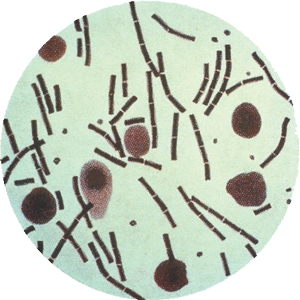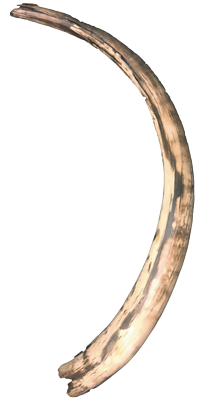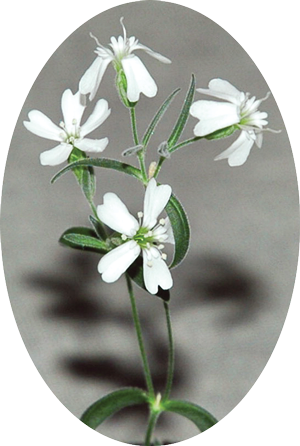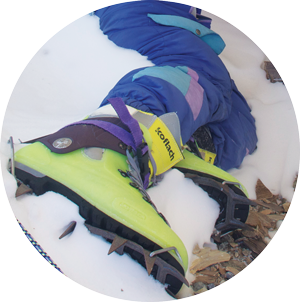-

Anthrax
A young boy and more than two thousand reindeer died of anthrax during a 2016 heat wave in northern Siberia. The outbreak is believed to have originated at a cattle gravesite where the reindeer had been nibbling on defrosted carcasses infected seventy years earlier. Authorities responded by vaccinating more than 800,000 reindeer.
-

Woolly Mammoth Tusks
To fill a demand caused by a 2017 ban on sales of elephant ivory in China, mammoth tusks, once frozen in Siberian ice, are being exported and sold as “ice ivory.” While the market has attracted criticism, one Russian local expressed approval: “Our dead bones are saving living elephants.”
-
Puppies
The bodies of two three-month-old puppies that lived in northern Sakha, Russia, 12,460 years ago were found in the last decade, complete with well-preserved fur, teeth, and brains. Scientists studying the specimens hope they will provide clues about the origin of domesticated dogs.
-

Spanish Flu
The deadly strain of influenza that killed tens of millions in 1918 has been genetically sequenced thanks to a lung sample from an Inuit woman buried in a mass grave in Alaska. The discovery of frozen viruses and “bacteriasicles,” explained one scientist, helps us understand how pathogens can “sit for 750,000 years in some state of suspended animation, like when Han Solo was put in carbonite.”
-

Harpoon Heads
Archaeologists in Alaska are working quickly to recover unearthed ivory harpoon heads and other newly discovered seal-hunting artifacts from an excavation site near Walakpa Bay before melting permafrost washes the preserved hunting camp of the prehistoric Birnirk people into the sea.
-
Methane
A buildup of methane, the result of organic matter decomposing in the thawing permafrost, is thought to have been the cause of a massive explosion near the village of Seyakha, Russia, in 2017 that sent reindeer and dogs fleeing.
-

Tundra Flowers
Frozen for 30,000 years, fruits from the narrow-leafed campion discovered in ancient squirrel burrows in Siberia sprouted and bloomed after being planted in 2012. The finding affords scientists the possibility that extinct flowering plants can soon be brought back to life.
-

Icemen
Warming temperatures and shifting glaciers on Mount Everest have exposed increasing numbers of corpses from failed expeditions, many of which function as informal landmarks. “The old ones that remained buried are now coming out,” said Ang Tshering Sherpa, former president of the Nepal Mountaineering Association.